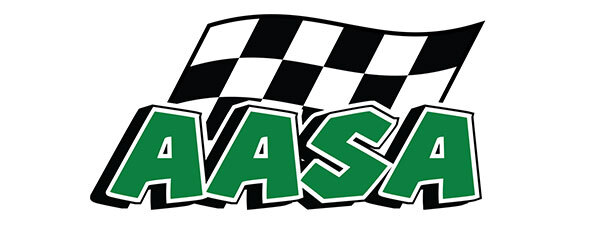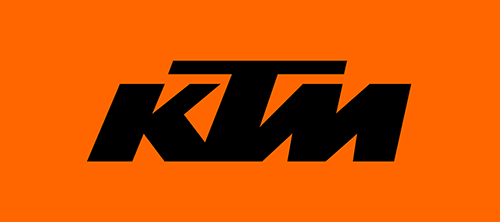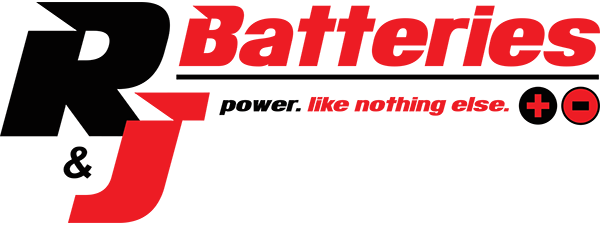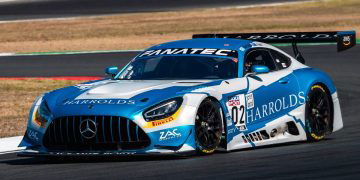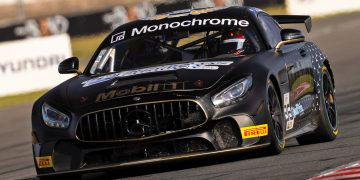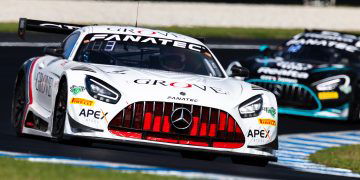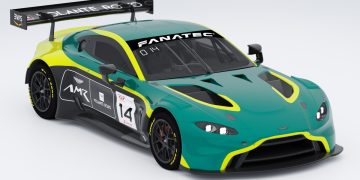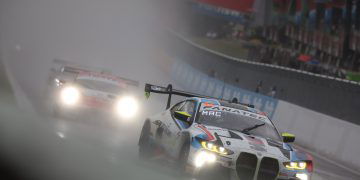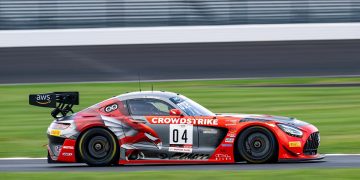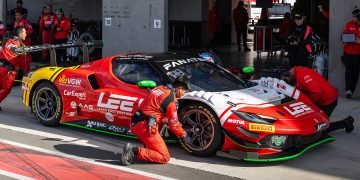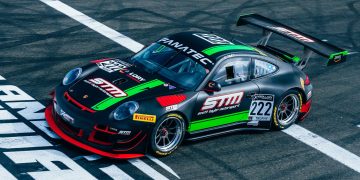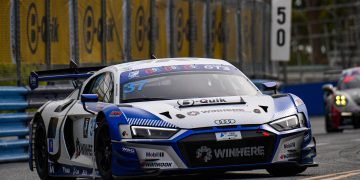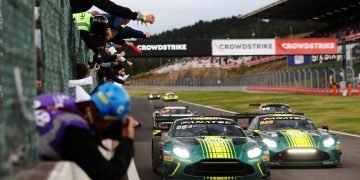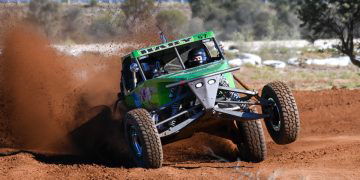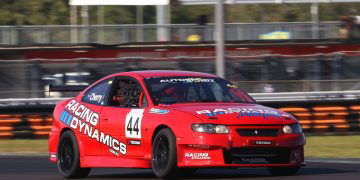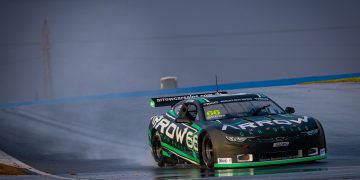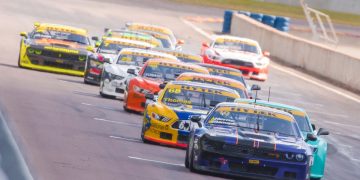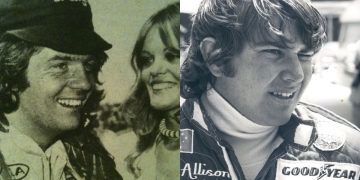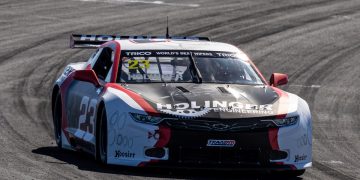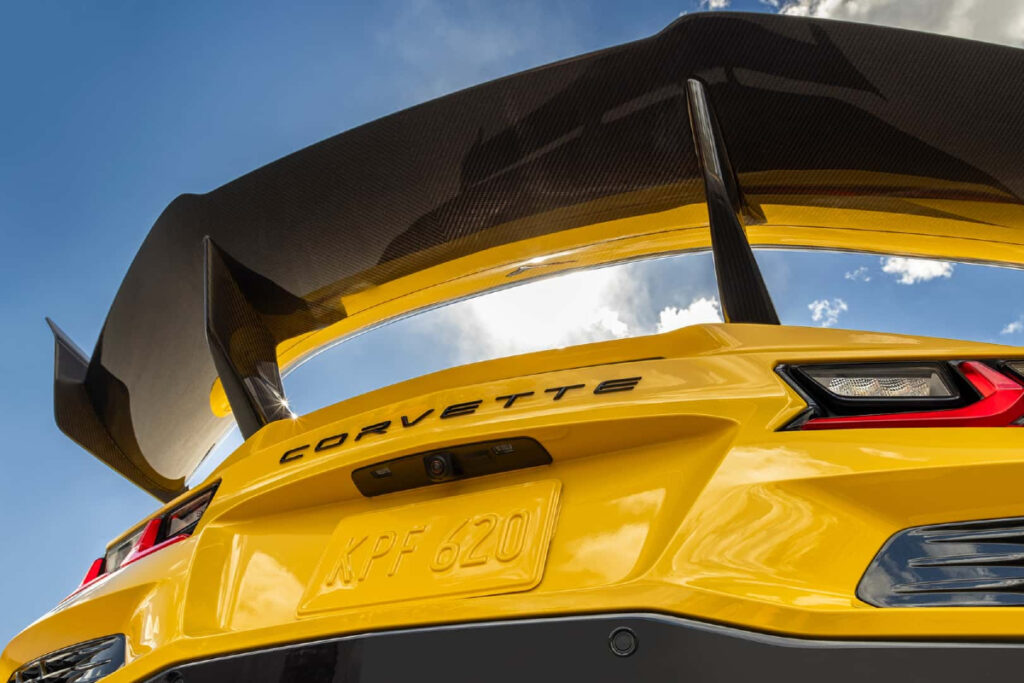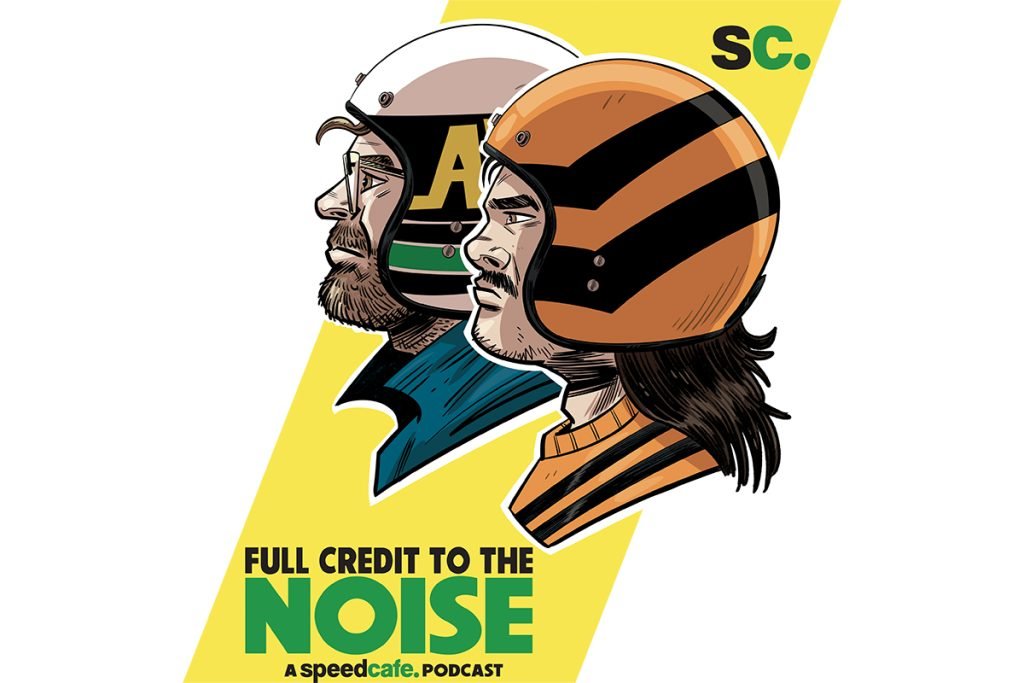
The FIA World Motor Sport Council has approved changes to the way the Formula 1 grid is determined when penalties are applied.
Confusion reigned at the Italian Grand Prix after a raft of penalties saw no driver start the race in the grid spot they qualified.
There was also confusion over where individual drivers would line up, with some believing Max Verstappen would start fourth, and others seventh.
The Formula 1 Sporting Regulations have now been amended in an effort to simplify the process.
Article 39.3 now outlines how the Qualifying classification will be determined, with further changes to Articles 41.3 and 42.2, which relate to the specific process employed for traditional and Sprint format events.
The greatest complication under the system to date has been the treatment of drivers with penalties, specifically in handling those who acquire 15 grid places.
This has seen them forced to the rear of the grid, though with multiple drivers affected that led to the confusion seen in Italy.
It should be noted, drivers can still be relegated to the rear of the grid for exceeding 15-places worth of penalties, or for other reasons under the regulations.
That has now been simplified with the penalised driver now given a straight 15-place demotion, according to Article 42.2 (which is the same as 41.3):
42.2 The grid for the race will be based on the Qualifying Classification defined in Article 39.3. Starting from a nominally empty grid, drivers will be allocated their grid positions in the following sequence of steps:
- a) Classified drivers who have received 15 or less cumulative grid penalties will be allocated a temporary grid position equal to their Qualifying Classification plus the sum of their grid penalties. If two or more drivers share a temporary grid position, their relative order will be determined in accordance with their Qualifying Classification, with the slowest driver keeping their allocated temporary grid position, and the other drivers getting temporary grid positions immediately ahead of them.
- b) Following the allocation of temporary grid positions to penalised drivers in accordance with (a), unpenalised classified drivers will be allocated any unoccupied grid position, in the sequence of their Qualifying Classification.
- c) Following the allocation of grid positions to unpenalised classified drivers, penalised drivers with a temporary grid position, as defined in (a), will be moved up to fill any unoccupied grid position.
- d) Classified drivers who have accrued more than 15 cumulative grid position penalties, or who have been penalised to start at the back of the grid, will start behind any other classified driver. Their relative position will be determined in accordance with their Qualifying Classification.
- e) Unclassified drivers who have been permitted to participate by the Stewards will be allocated grid positions behind all the classified drivers. Their relative positions will be determined in accordance with Article 39.3 (b).
There have also been changes elsewhere relating to how the grid is determined, and potential penalties, with Article 28.3 removing the requirement for drivers with penalties exceeding 15 places to start from the rear of the grid.
Elsewhere in the Sporting Regulations, further tweaks mandate that a camera now be fitted to the helmet of all drivers (Article 8.17), and changes to the wording relating to Testing Mules Cars (TMC) to omit the word ‘tyre' from the regulation (Article 10.11).
The other change, implemented under General Safety, notes cars abandoned cannot typically be recovered.
26.18 Except during a sprint session suspension or race suspension, any car abandoned on the circuit by its driver, even temporarily, shall be considered as withdrawn from the session. In exceptional circumstances, cars abandoned on the circuit during a sprint session suspension or race suspension may be allowed to participate when that session resumes, provided they were not abandoned because of a mechanical issue, car damage or in order to gain an advantage.
Changes have also been made to the 2023 Technical Regulations, increasing the size of mirrors (as some teams have tested already in 2022) for the coming season as well as mandating improvements to the roll hoop strength in the wake of Guanyu Zhou's crash at the British Grand Prix.


